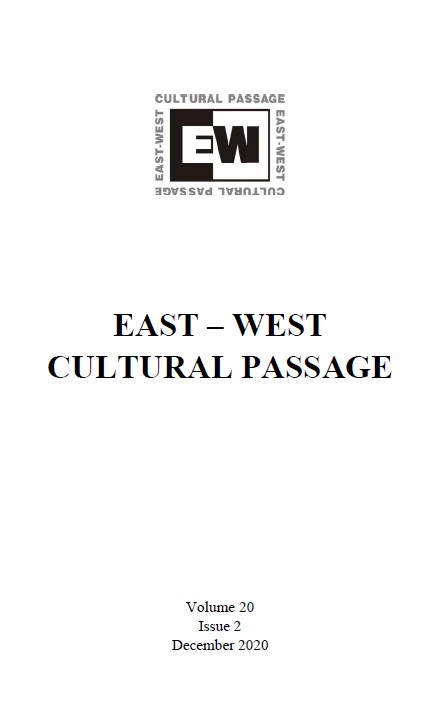“People Eat Their Dinner, Just Eat Their Dinner…”: Food Discourse in Anton Chekhov’s The Three Sisters and Beth Henley’s Crimes of the Heart
“People Eat Their Dinner, Just Eat Their Dinner…”: Food Discourse in Anton Chekhov’s The Three Sisters and Beth Henley’s Crimes of the Heart
Author(s): Natalia VysotskaSubject(s): Comparative Study of Literature, Russian Literature, Theory of Literature, Drama, American Literature
Published by: Editura Universitatii LUCIAN BLAGA din Sibiu
Keywords: drama; tragicomic; food discourse; alimentary practices; everyday life; constructing and overcoming “everydayness”; “poshlost”; “eating together";
Summary/Abstract: The essay sets out to explore the functions of food discourse in the plays Three Sisters by Anton Chekhov and Crimes of the Heart by Beth Henley. Based on the critically established continuity between the two plays, the essay looks at the ways the dramatists capitalize on food imagery to achieve their artistic goals. It seemed logical to discuss the alimentary practices within the framework of everyday life studies (Edmund Husserl, Alfred Schütz, Fernand Braudel, Bernhard Waldenfels and others), moved to the forefront of literary scholarship by the anthropological turn in the humanities. Enhanced by a semiotic approach, this perspective enables one to understand food products and consumption manners as performing a variety of functions in each play. Most obviously, they are instrumental in creating the illusion of “everydayness” vital for new drama. Then, for Chekhov, food comes to epitomize the spiritless materiality of contemporary life, while in Henley’s play it is predominantly used, in accordance with the play’s feminist agenda, as a grotesque substitute for the lack of human affection. Relying upon the fundamental cultural distinction between everyday and noneveryday makes it possible to compare representations of festive occasions in the two plays seen through the gastronomical lens of “eating together.”
Journal: East-West Cultural Passage
- Issue Year: 20/2020
- Issue No: 2
- Page Range: 35-53
- Page Count: 19
- Language: English
- Content File-PDF

